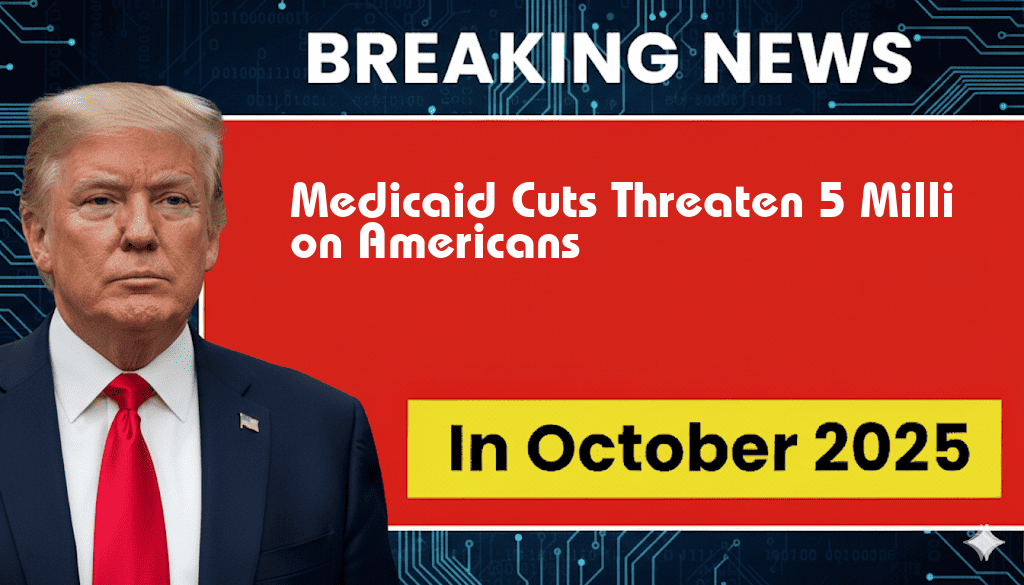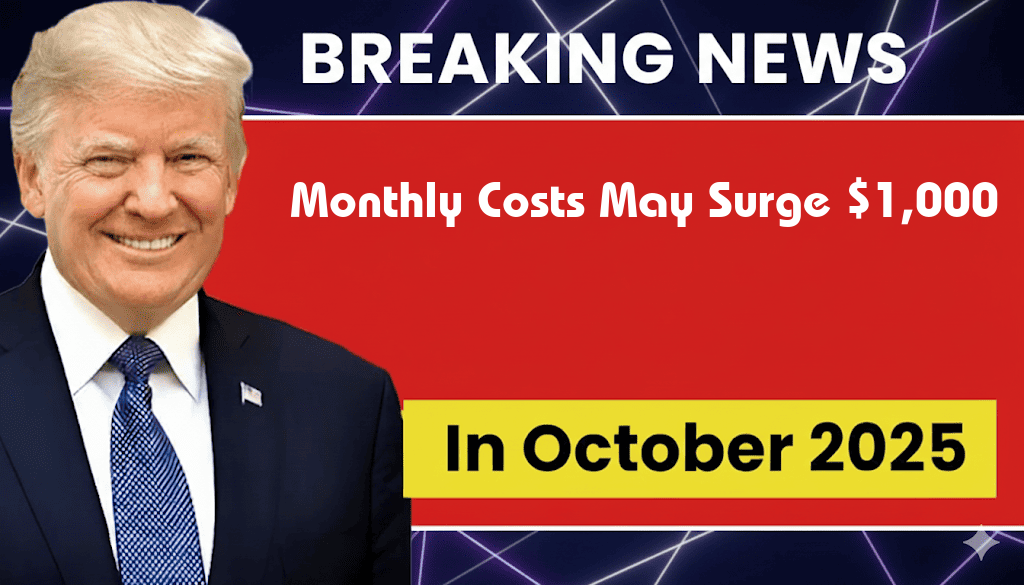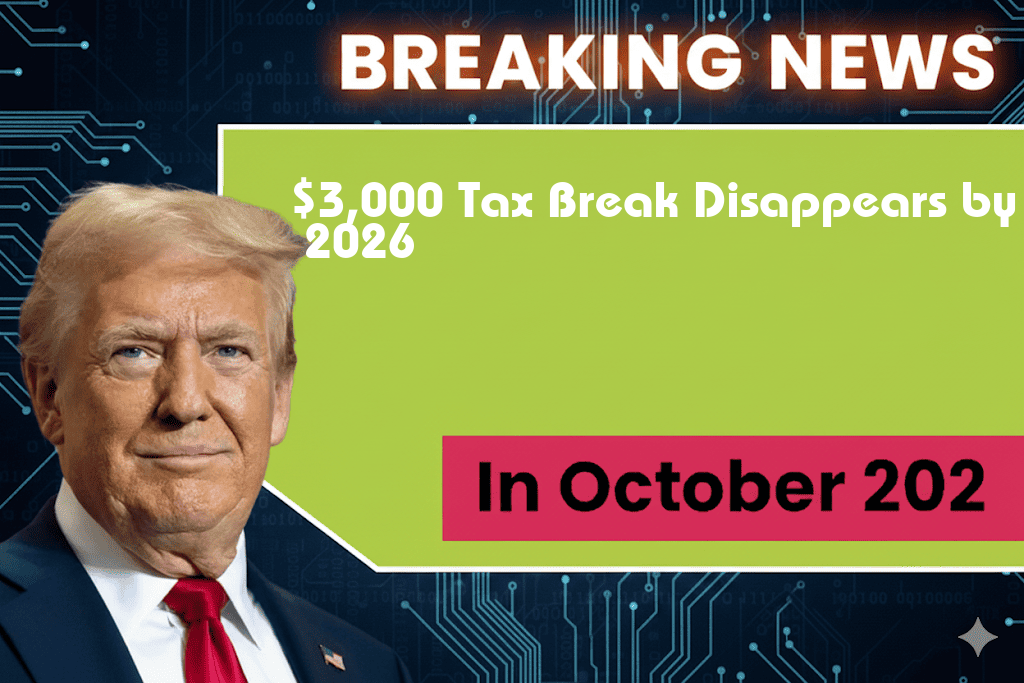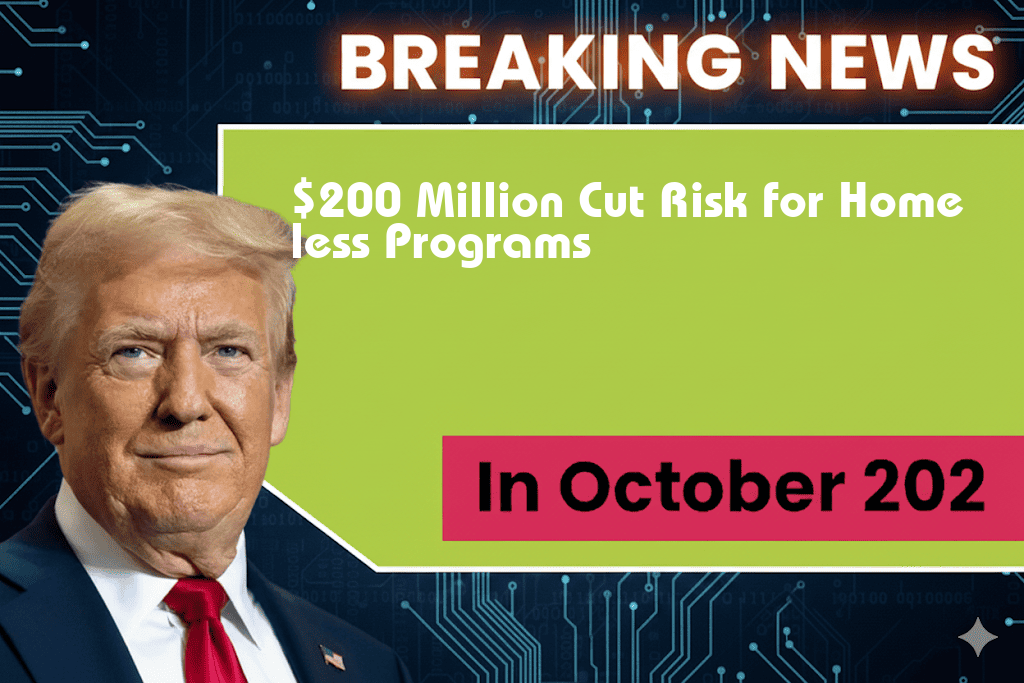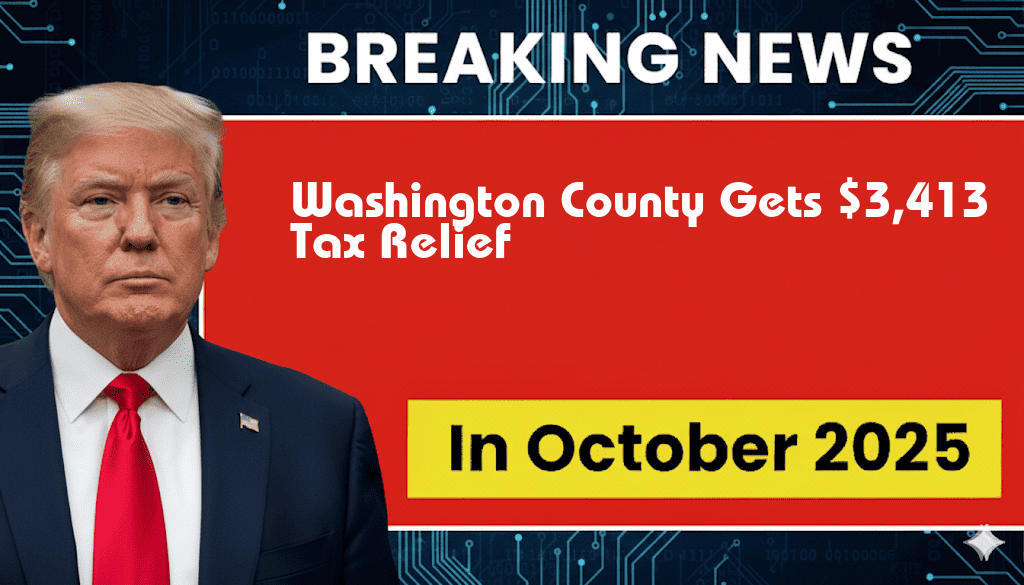
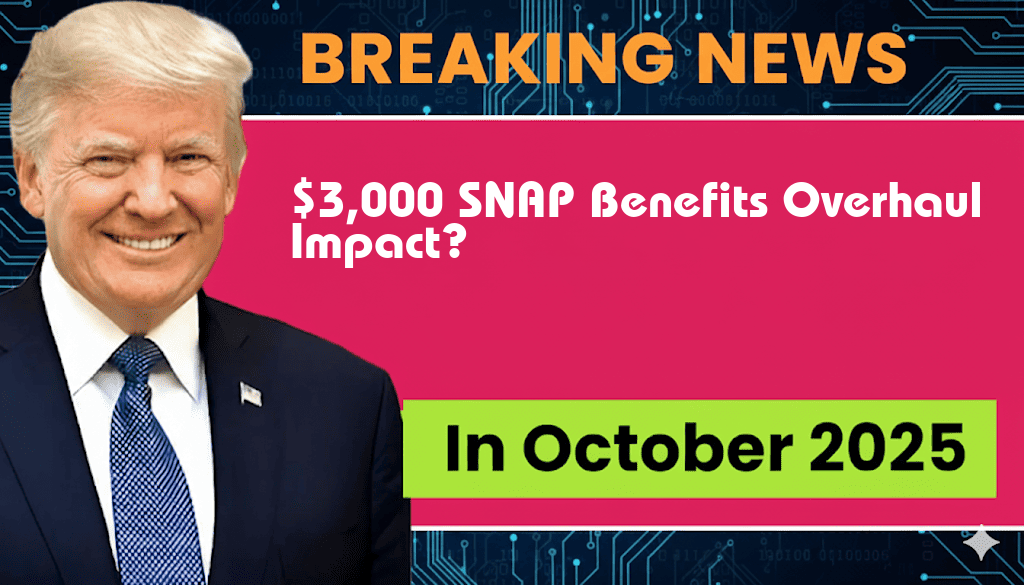
Will a $3,000 Impact Be Felt? Examining Who Loses SNAP Benefits in the 2025 Overhaul
The upcoming overhaul of the Supplemental Nutrition Assistance Program (SNAP) in 2025 is set to have significant implications for millions of Americans. The proposed changes aim to streamline benefits, but critics warn that many vulnerable households could lose an average of $3,000 annually. This shift, driven by efforts to reduce federal spending and encourage self-sufficiency, raises concerns about food access and nutrition for low-income families. As policymakers deliberate on these adjustments, understanding who will be affected and how these changes will manifest is crucial for stakeholders and the community at large.
Understanding SNAP: A Lifeline for Many
SNAP, formerly known as food stamps, plays a critical role in supporting low-income individuals and families. According to the U.S. Department of Agriculture (USDA), approximately 41 million Americans relied on SNAP benefits in 2022, receiving an average of $234 a month per person. This program not only alleviates hunger but also stimulates local economies, as benefits are often spent quickly in grocery stores and markets.
The Proposed Changes
The 2025 SNAP overhaul includes several key proposals aimed at recalibrating eligibility and benefit amounts:
- Income Threshold Adjustments: The plan suggests increasing the income eligibility threshold, which might lead to fewer households qualifying for assistance.
- Benefit Reductions: Proposed benefit reductions could mean that existing recipients would receive less financial support.
- Work Requirements: Stricter work requirements may be imposed on able-bodied adults without dependents, potentially disqualifying many from receiving benefits.
Who Will Be Affected?
Experts predict that the changes could lead to significant disruptions for vulnerable populations:
- Low-Income Families: Households that currently rely on SNAP could find themselves facing food insecurity if proposed income limits are enforced.
- Senior Citizens: Many elderly individuals who depend on SNAP for their nutritional needs may also face cuts in benefits.
- Disabled Individuals: Those unable to work due to disabilities may struggle to meet new requirements, risking their access to necessary assistance.
Potential Consequences
The ramifications of these proposed changes extend beyond individual households. Economists warn that reducing SNAP benefits could lead to:
- Increased Food Insecurity: As families lose access to essential resources, food banks and community organizations may experience heightened demand.
- Economic Repercussions: With less disposable income, local businesses may suffer as SNAP recipients cut back on grocery spending.
- Public Health Issues: Reduced access to nutritious food can lead to deteriorating health outcomes, particularly in communities already facing challenges.
Community Response
Nonprofit organizations and advocacy groups are mobilizing in response to the proposed changes. Many are urging lawmakers to reconsider the potential long-term effects of these cuts. According to a report by the Food Research & Action Center, community input is vital in shaping policies that affect the most vulnerable populations.
Conclusion: What Lies Ahead?
As the 2025 overhaul of SNAP draws nearer, the debates surrounding eligibility and benefits will likely intensify. Stakeholders, including lawmakers, advocates, and community members, must engage in discussions that prioritize the needs of those most affected. With the potential for a $3,000 impact per household looming, the question remains: will the sacrifices made in the name of economic efficiency outweigh the costs to society’s most vulnerable members?
Frequently Asked Questions
What is the significance of the $3,000 impact in the SNAP benefits overhaul?
The $3,000 impact refers to the potential financial loss that many individuals and families may face due to changes in the SNAP benefits program in 2025. This article explores how these changes could affect access to essential food resources for low-income households.
Who will be affected by the changes to SNAP benefits in 2025?
The overhaul will primarily impact low-income individuals and families who currently rely on SNAP benefits for food assistance. Specific demographics, including children, the elderly, and disabled individuals, may experience significant challenges as eligibility criteria are revised.
What are the expected changes to eligibility for SNAP benefits?
The 2025 overhaul may introduce stricter eligibility requirements, potentially disqualifying many current beneficiaries. This could mean that individuals who previously qualified for assistance might find themselves losing their SNAP benefits due to new income or asset thresholds.
How can individuals prepare for the potential loss of SNAP benefits?
Individuals can prepare by exploring alternative food assistance programs, budgeting strategies, and community resources. Staying informed about the upcoming changes and seeking support from local organizations can help mitigate the impact of losing SNAP benefits.
What resources are available for those losing SNAP benefits?
There are various community resources available, including food banks, local charities, and government assistance programs that provide support to those losing SNAP benefits. Websites and local agencies can offer information on how to access these resources effectively.


